Galien-Laloue, Eugène
Montmartre, Paris, December 11, 1854 – Chérence, Val-d'Oise, April 18, 1941
Paris, Trocadero Palace, circa 1900-1910
Watercolour and gouache on paper
Signed lower left “E. Galien-Laloue”
H. 19.2 cm. / L. 31.6 cm.
Original Louis XV-style frame in carved and gilded wood, early 20th century.
Mr. Noé Willer, Art Conseil W, Paris, author of the artist’s catalogue raisonné, confirmed the work’s authenticity on July 25, 2013.
--
This work depicts a bustling view of the Trocadéro Palace, seen from the Right Bank near the Pont d’Iéna, on a winter’s day under a veiled sky. To the left, the monumental silhouette of the palace stands against a luminous sky tinged with yellow and mauve. On the right, a row of bare trees and street lamps frames the lively Parisian street scene: well-dressed women, vendors, couples and passers-by cross paths along rain-washed pavements. A pair of green tramcars, horse-drawn carriages and an early automobile animate the perspective. In themisty background, the outline of a dome can be glimpsed.
The composition, constructed along a rising diagonal, leads the viewer’s gaze from the crowded foreground to the architectural mass of the palace. The linear tramtracks and the rhythmic layering of figures create a strong sense of depth. The palette – subtle greys, rosy beiges, lavender blues and muted greens – captures the humid luminosity of a Parisian winter afternoon. Carefully applied highlights of gouache enhance figures and window displays, producing delicate effects of contrast and reflected light.
The Palais du Trocadéro was inaugurated on May 1st, 1878, the opening day of the Universal Exhibition in Paris, for which it was especially constructed. It consisted of an auditorium and two museums. Once the Exhibition was over, the palace – renowned worldwide due to its success – became an essential venue for all kinds of festivities: art exhibitions, concerts, and both private and public ceremonies. It was demolished between 1935 and 1937 and replaced by the Palais de Chaillot.
The work bears witness to Galien-Laloue’s exceptional ability to render the spirit of Paris, balancing architectural grandeur with seasonal atmosphere and the rhythms of modern life. Comparable examples of this subject by the artist exist, notably a gouache sold at Sotheby’s, New York, on October 29, 2002 (lot 96), close in both format and compositional structure.
--
Galien-Laloue, Eugène
Montmartre, Paris, December 11, 1854 – Chérence, Val-d’Oise, April 18, 1941
French painter and printmaker, Eugène Galien-Laloue is regarded as one of the most accomplished visual chroniclers of Belle Époque Paris.
Eldest son of Charles Laloue, a theatre decorator, and Marie-Eudoxie Lambert, Eugène-Galien Laloue was born in Montmartre into a modest family of nine children. After the death of his father in 1870, he left school to work as aclerk in a notary’s office in order to help support his family. The following year, at the age of sixteen, he enlisted under a false name to serve in the Franco-Prussian War. On his return, he joined the Eastern Railway Company as a technical draughtsman, a position that allowed him to explore and sketch the rural landscapes surrounding Paris. These early experiences laid the foundations of his career as a painter, notably through his use of watercolour and gouache.
Galien-Laloue made his debut at the Salon des artistes français in 1877, exhibiting several views of Normandy. He soon specialised in urban scenes, particularly the grand boulevards of Paris, its markets, riverbanks, bustling railway stations and iconic monuments. Between 1880 and 1910, he became a keen observer of Parisian life, rendering its energy and atmosphere with great finesse. His works, most often executed in gouache or oil on panel, depict snowy streets, horse-drawn carriages, news boys, flower-sellers, passers-by and soldiers, with a poetic realism that combines architectural accuracy with luminous ambiance. His precise draughtsmanship, subtle brushwork and acute sense of composition contributed significantly to his success.
To meet growing demand while circum venting exclusivity clauses imposed by certain galleries, he produced works under various pseudonyms throughout his career. These included Léon Dupuy, Juliany, Jacques Liévin, Eugène Lemaitre, Eugène Galiany, Maurice Lenoir, A. Languinais and Dumoutier. These alternative signatures also allowed him to explore different themes and styles, often more rural or rustic than his Parisian subjects.
Although best known for his urban views, Galien-Laloue also painted the countryside of Normandy and Seine-et-Marne, as well as military scenes during the First World War. His depictions of wartime life share the same compositional clarity and observational precision as his cityscapes. Throughout most of his life, he remained in Paris, leading a quiet existence focused on his work and family. He married Flore Bardin in 1874 and had a son, Fernand. After Flore’s death in1887, he married her sister Ernestine Bardin, and following her death in 1925, he wed a third sister, Claire, who died in 1933.
In1940, following the German occupation of Paris, Galien-Laloue took refuge at his daughter’s home in Chérence, in the Val-d’Oise. Shortly after his arrival, a fall left him unable to use his right arm, putting an end to his artistic activity. He died there on April 18, 1941, and was buried in the cemetery at Chérence.
Today, his works are preserved in several French museums, including those in Louviers, La Rochelle, Mulhouse and Péronne. His paintings remain a valuable record oflate 19th- and early 20th-century Paris, distinguished by their documentary precision and atmospheric sensitivity, blending architectural realism with a warmly evocative mood.
--


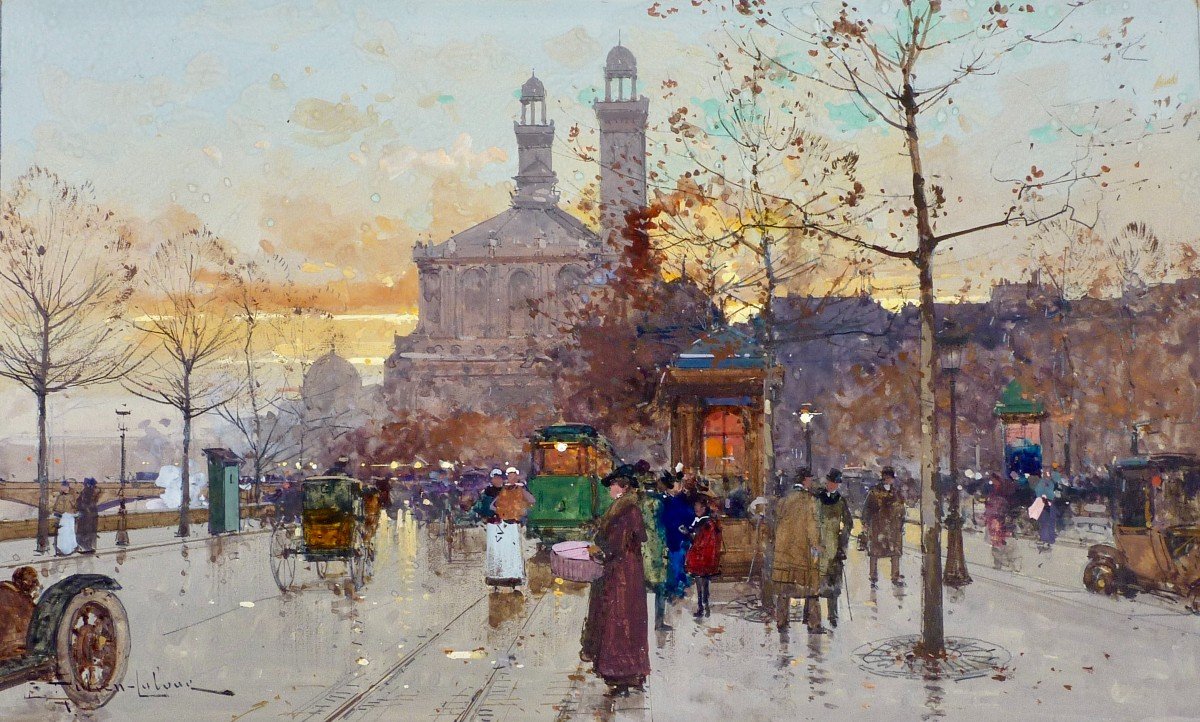
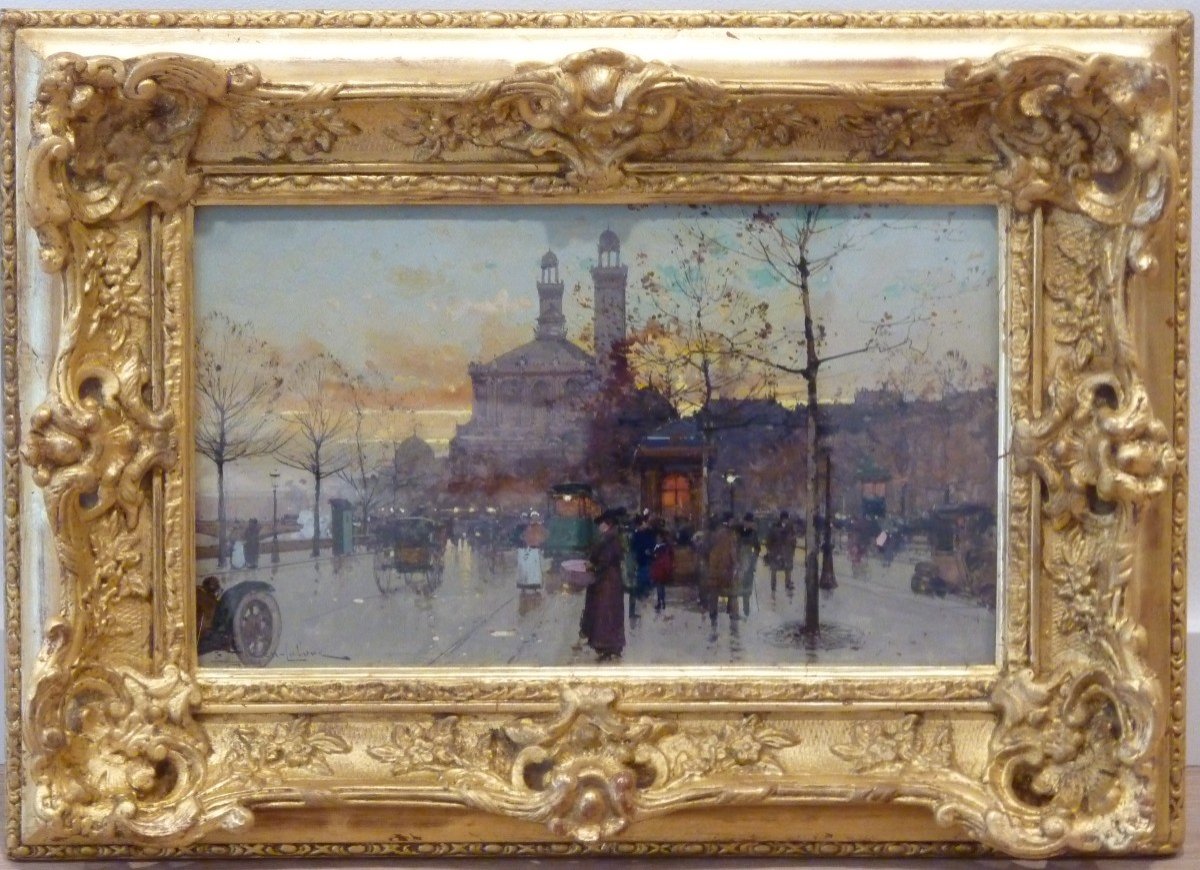
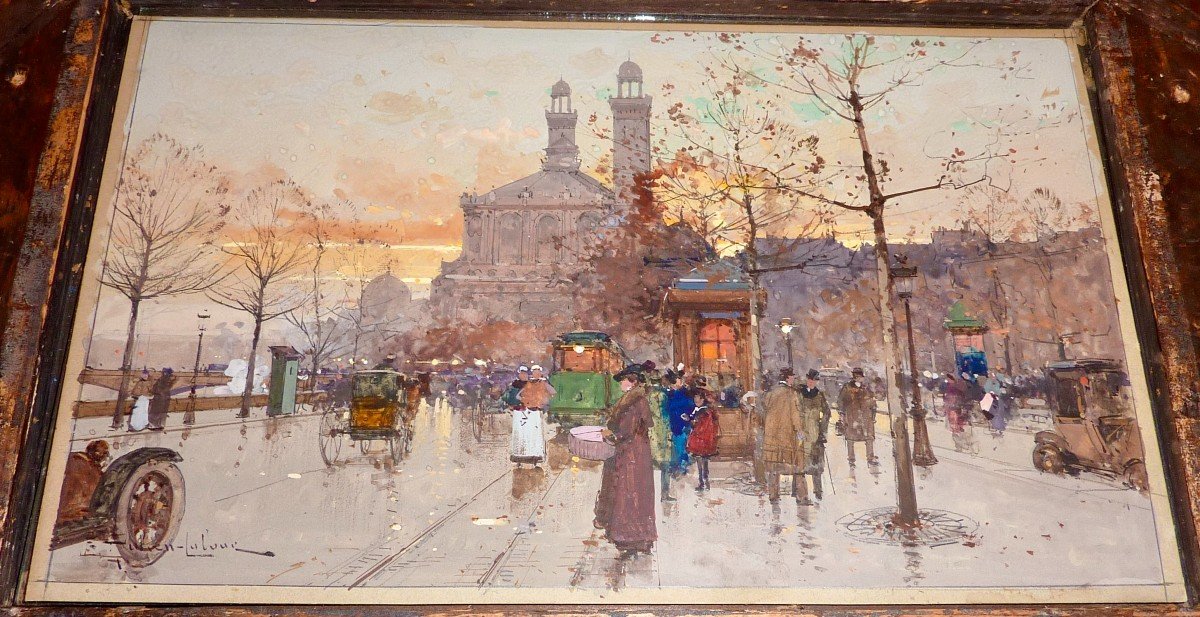
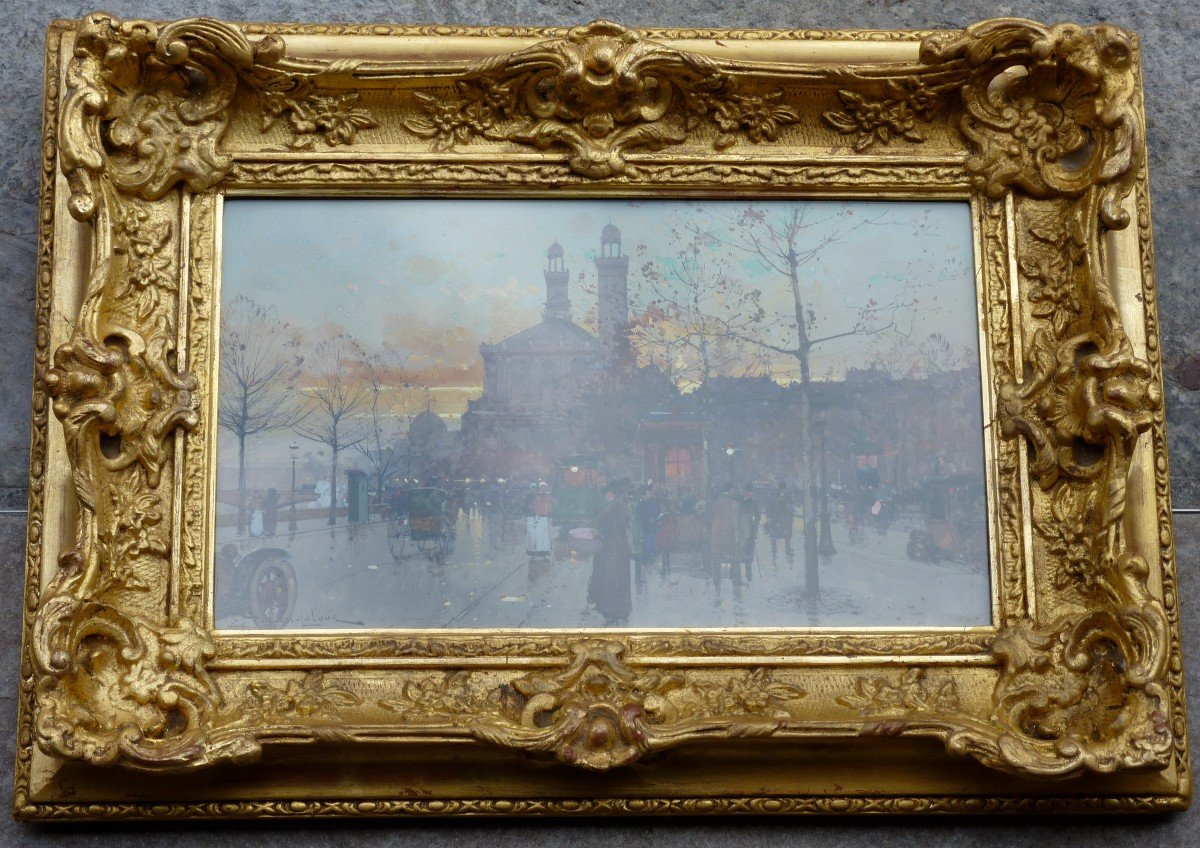





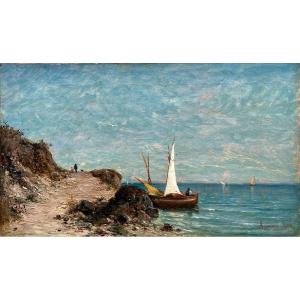



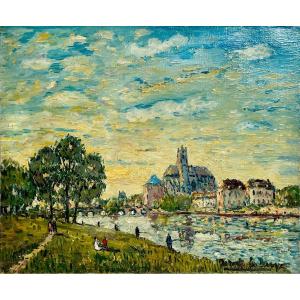










 Le Magazine de PROANTIC
Le Magazine de PROANTIC TRÉSORS Magazine
TRÉSORS Magazine Rivista Artiquariato
Rivista Artiquariato